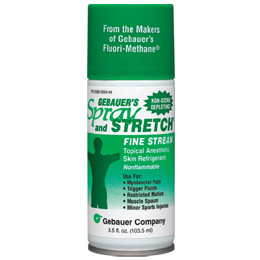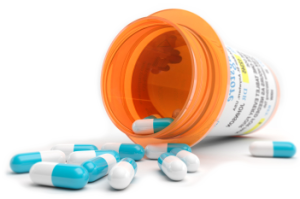When a craniofacial pain diagnosis has been made, a treatment plan can be created. Just as each individual patient is different, so is the treatment that needs to be mapped out. Depending on your symptoms, a proper treatment plan will be created to meet your individual needs. Typically, you may undergo several treatments to alleviate the pain symptoms associated with your condition—don’t lose outlook on the end result of pain relief.
standard-title
Treating Craniofacial Pain
Treating Craniofacial Pain
Our Location
410 Rosedale Court, Suite 170,
Warrenton, VA 20186
540-717-9819
Treatment Options
A comprehensive treatment plan will be put together by Dr. Bonnie Foster and her team of dental professionals and might include the following options:
- Physical therapy: Contraction of the muscle due to a taut band and muscle trigger point may be relieved with physical manipulation by a trained professional. Massage movements in long strokes along affected muscles and stretching exercises may help to relieve muscle tension. If poor posture is contributing to muscle fatigue and tension, a physical therapist may conduct and recommend exercises aimed at improving posture over the long term.
- Trigger Point Pressure Release: This treatment option involves the application of gradually increased pressure at a muscle trigger point—it is meant to soften the knotty muscle tissue of the trigger point and taut band.
- Spray and Stretch: With the use of a very cold spray, the muscle is temporarily distracted, which allows a doctor or therapist to stretch the muscle to the point of release. Once a trigger point is released, the muscle is moved throughout its full range of motion. A patient must continue to perform limbering, stretching and strengthening motions outside of physical therapy sessions to retrain the affected muscle.
- Trigger point injections: In this treatment, a local anesthetic, such as lidocaine or corticosteriod medication, is injected into the tender knotty tissue of the muscle trigger point. The injection works to relax the tension of the trigger point and relieve associated pain, allowing the trigger point to be released and more effectively addressed with physical therapy.
- Medications: Temporary pain relief is a critical part of the treatment strategy, as it helps a myofascial pain sufferer cope with the ongoing pain of the condition. Over-the-counter NSAIDs, such as ibuprofen and naproxen can help a patient manage the pain. Tricyclic antidepressants have also been found to help relieve pain.



Success of Treatment
Treatment of craniofacial pain is often dependent on the patient’s level of health or severity of the injury. Additionally, an individual’s rate of improvement may also vary based on a number of conditions such as:
- Overall physical fitness and health
- Compliance with self-care and at-home treatment
- Underlying skeletal abnormalities
- Depression, anxiety or stress
- Nutrition
- Quality of sleep
- Other medical conditions
When it comes to finding relief from your craniofacial pain, the right individualized treatment is important. Contact Dr. Bonnie Foster for more information on craniofacial pain and what treatment options are available.
